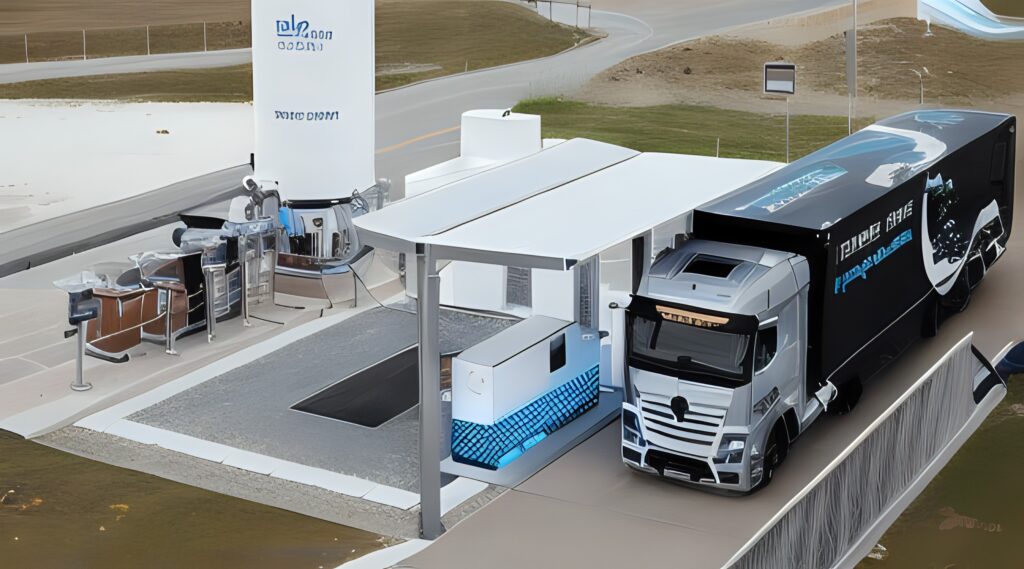
Hydrogen Transport Solutions
Listing Category by product
Exploring hydrogen transport solutions
Hydrogen transport solutions encompass a range of technologies and infrastructure designed to facilitate the transportation of hydrogen gas from production sites to end-users. One common method is through pipelines, where hydrogen is compressed and transported in gaseous form to various locations. Another approach involves the use of hydrogen storage and transport in liquid form, which allows for greater energy density and longer distance transport. Additionally, hydrogen can be transported using specialized tankers or trucks equipped with cryogenic tanks or high-pressure cylinders. These transport solutions play a crucial role in enabling the widespread adoption of hydrogen as a clean and sustainable energy carrier for various applications, including fuel cells, industrial processes, and energy storage.
Key features and benefits for hydrogen transport
- Efficient transportation: These transport solutions enable the efficient distribution of hydrogen gas from production facilities to end-users, ensuring a reliable and continuous supply of this versatile energy carrier.
- Versatility: Hydrogen can be transported in various forms, including gaseous and liquid, allowing for flexibility in meeting the diverse needs of different industries and applications.
- Scalability: The infrastructure for hydrogen transport can be scaled up or down to accommodate different production capacities and distribution requirements, making it suitable for both large-scale industrial applications and smaller-scale deployments.
- Zero emissions: These transport solutions contribute to reducing greenhouse gas emissions by enabling the use of hydrogen as a clean alternative to fossil fuels in transportation, power generation, and other sectors.
- Reliability: With advancements in technology and infrastructure, these transport solutions are becoming increasingly reliable and cost-effective, supporting the growth of the hydrogen economy and the transition to a more sustainable energy future.













